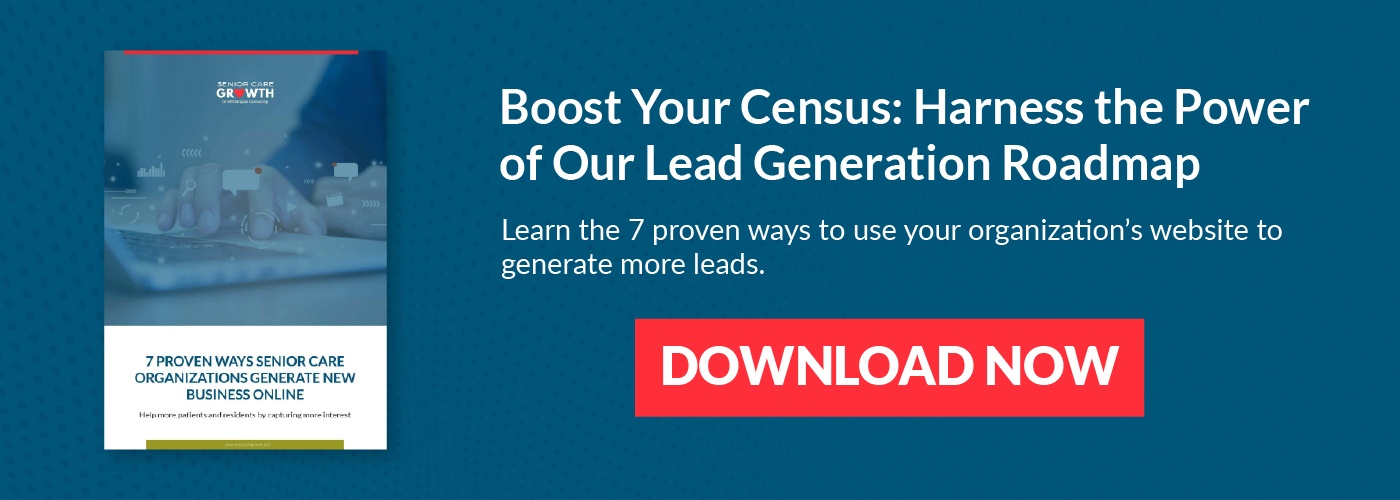For seniors or their relatives, deciding which senior care community is the right one can be difficult. As a sales person, you need to be empathetic and deeply personal in how you communicate. Treating prospects like real people and communicating in a way that shows your empathy towards them will bring about better results.
But, an effective sales strategy starts with a quick response.
Improve Speed to Lead
Speed is the single largest contributing factor to your lead conversion. It sounds surprising, but the data tells a compelling story. When leads send you an inquiry, you need to respond within the first 5 minutes to have the greatest chance of qualifying and converting that lead. If your reply comes later, the odds of closing the lead decrease by 10x.
This is especially important as competition in the senior care industry increases. If a prospects don’t receive a response quickly, they will simply move on to the next website.
Speed to lead is a phrase used to talk about how quickly you’re getting in touch with leads once they are generated. There are a few simple ways you can work to improve your speed to lead:
Invest in Marketing Automation
Marketing automation is something that senior care organizations should be investing in. Spend the time to set up effective automated processes on the front end you’ll see time-saving efficiencies and improved effectiveness in the long run.
More than ever, prospects are initiating initial inquiries online. A great place to start with marketing automation is a simple automated email response that acknowledges the request and introduces a point of contact with the organization.
Create Sales Email Templates
If you don’t yet have automation in place or want to take a more hands-on approach to lead followup, create a set of email templates for use by your sales team. These emails can serve as the foundation for a personalized response.
The benefit here is that you’ll enable exceptional follow-up communication without a sales rep having to create new replies each time an inquiry comes in.
Centralize Your Call Center
More and more communities are outsourcing call center functions to increase efficiency. Staff may not have the time to call every prospect while also completing their other work, especially if you have a smaller sales & marketing department.
Your sales reps should follow up to inquiries via email and phone. Centralized call centers help ensure you don’t lose that all-important second form of communication because your staff are too busy.
Create Follow-up Timetables
Set up a timetable detailing when to continue following up with leads and in what way. Then, keep track of which stage of the sales cycle your leads are in so that you can respond appropriately.
Dictate standards for when emails should be send and phone calls should be made, starting with the follow-up email within 5 minutes of the first inquiry.
Prioritize Leads
Some leads are more qualified than others. Create a system that will help you identify which leads are more likely to convert so that you can allocate sales resources appropriately.
If you’re using marketing automation, lead prioritization can be accomplished through lead scoring. Lead scoring is a system of assigning leads a numerical score that indicates their readiness to buy. The scoring algorithm should be structured to include both demographic (think proximity to your community) and behavioral (how many emails have they opened, which pages have they visited).
Don’t Lose Your Personal Touch
In the senior care industry, speed to lead and empathetic communication can make the difference between converting or losing a lead. Get ahead of your competitors by optimizing your speed to lead with personalized messages and a follow-up timetable. Be consistent in communicating with hot leads and you are more likely to close qualified prospects.


